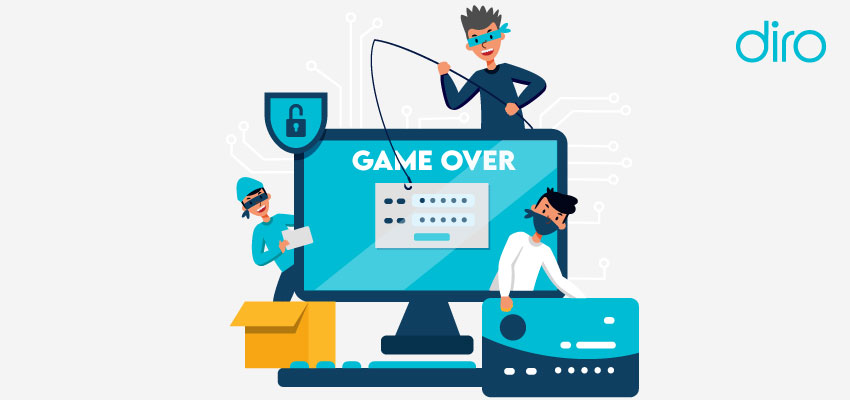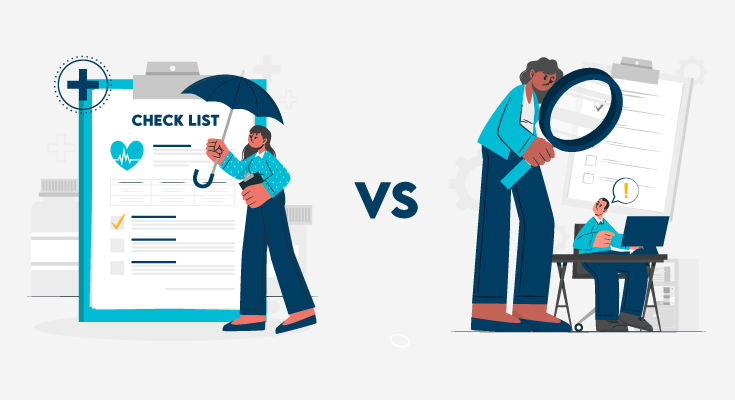Proof of income is a critical requirement in various financial and legal transactions, from securing a loan to renting an apartment. Lenders, landlords, and government agencies often request proof of income to assess an individual’s financial stability.
While there are several documents that can serve this purpose, verifying their authenticity is equally important.
In this guide, we’ll outline the top 10 types of proof of income documents for proof of income verification.
Common Documents Used for Proof of Income Verification
Pay Stubs
A pay stub, also known as a paycheck, is the proof of an employee’s earnings for a specific pay period. A Pay Stub generally includes gross income, deductions for taxes and benefits, and net income. A pay stub is one of the most used proof of income documents, especially for salaried and hourly employees.
Pay stubs help the verifier obtain a direct record of employment and income, making them essential for loan applications, rental agreements, and other financial transactions.
How to Verify Pay Stubs:
- Check that the employer’s details, including name and address, are present.
- Compare earnings with tax deductions to ensure consistency.
- Look for official features such as a company logo, watermark, or digital verification code.
- Confirm with the employer if necessary.
Bank Statements
Bank statement verification is also a great way to verify income for legal & financial purposes. It shows deposits, withdrawals, and balances. Bank statements are better for verifying the income of individuals with irregular earnings, such as freelancers and gig workers.
Bank statement verification is a great option as it offers a clear view of historical financial data. They are useful for verifying income when pay stubs or employer verification is unavailable.
How to Verify Bank Statements:
- Use online solutions like DIRO bank verification to get 100% verifiable bank statement verification.
- Look for consistent direct deposits from an employer or clients.
- Ensure the statement is issued by a legitimate financial institution.
- Cross-check with other documents such as pay stubs or invoices.
- Be cautious of edited or manipulated statements—request official copies directly from the bank when in doubt.
Tax Returns (Form 1040)
A tax return, specifically Form 1040 in the U.S., is a document filed with the Internal Revenue Service (IRS) that reports an individual’s income, deductions, and tax payments for the year. It is one of the most reliable ways to verify income.
Tax returns provide an official record of annual income, including wages, business earnings, and investment income. They are commonly used by lenders and government agencies to assess financial stability.
How to Verify Tax Returns:
- Ensure the document is signed and properly filed with the IRS.
- Cross-check reported income with W-2s or 1099 forms.
- Request IRS tax transcripts for additional verification.
W-2 Forms
A W-2 form is issued by an employer and reports an employee’s total earnings, tax withholdings, and other deductions for the year.
W-2 forms provide a comprehensive breakdown of annual income and are essential for tax filing. They also serve as proof of steady employment.
How to Verify W-2 Forms:
- Check the employer’s identification details and compare them with pay stubs.
- Verify that the income matches the tax return figures.
- Request verification through the IRS or the employer’s HR department.
1099 Forms
The 1099 form is used to report income earned outside of traditional employment, such as freelance work, contract jobs, and investment income. 1099 forms help verify income for self-employed individuals who do not receive W-2s.
How to Verify 1099 Forms:
- Compare with bank deposits and invoices from clients.
- Ensure the payer’s information is legitimate.
- Check for consistency across multiple 1099s if income comes from different sources.
Social Security Benefits Statement (SSA-1099)
An SSA-1099 form reports Social Security benefits received by retirees and individuals with disabilities. For individuals relying on Social Security, this form serves as proof of income for loans, housing, and other financial needs.
How to Verify SSA-1099:
- Ensure the statement is issued by the Social Security Administration.
- Match reported benefits with bank deposits.
- Verify online through the SSA portal.
Pension or Retirement Benefit Statements
These statements outline payments received from employer-sponsored pension plans or retirement accounts such as 401(k) distributions. Pension and retirement benefit statements provide proof of a stable income stream for retirees.
How to Verify Pension Statements:
- Confirm the issuing institution.
- Compare payments with bank records.
- Request additional documentation from the pension provider.
Annuity Statements
An annuity is a financial product that provides periodic payments, and annuity statements detail these transactions. Annuities serve as a steady income source, particularly for retirees or those receiving structured settlements.
How to Verify Annuity Statements:
- Check for official details from the issuing company.
- Ensure payments match bank deposits.
- Verify contract terms and payout schedule.
Employment Verification Letter
An employment verification letter is a document from an employer confirming an employee’s job title, salary, and tenure. It serves as an alternative proof of income when pay stubs or tax returns are unavailable.
How to Verify an Employment Verification Letter:
- Ensure the letter is on company letterhead.
- Contact the employer for confirmation.
- Compare details with pay stubs and tax returns.
Profit and Loss Statements (For Self-Employed Individuals)
A P&L statement summarizes revenue, expenses, and net income for self-employed individuals and business owners. P&L statements provide a clear picture of business profitability and income stability.
How to Verify P&L Statements:
- Cross-check with tax returns and bank statements.
- Ensure the statement is prepared by a certified accountant.
- Review supporting invoices and receipts.
Conclusion
Proof of income is essential for financial transactions, housing applications, and legal matters. Understanding the various types of proof of income documents and knowing how to verify them ensures transparency and prevents fraud. Whether you’re applying for a mortgage, securing a rental, or seeking financial aid, having accurate and verifiable income documentation is crucial for a smooth process.














